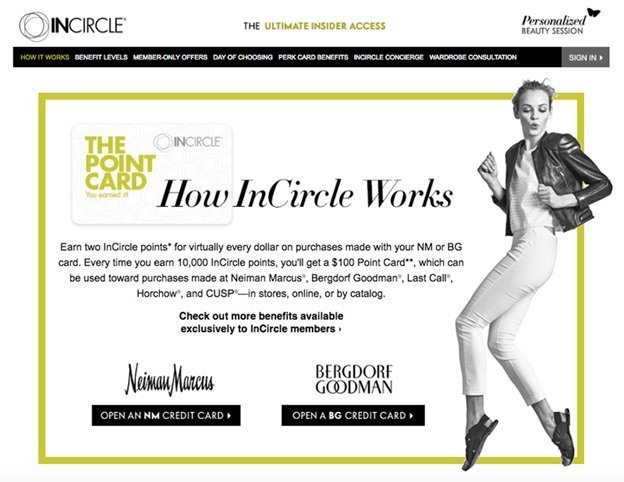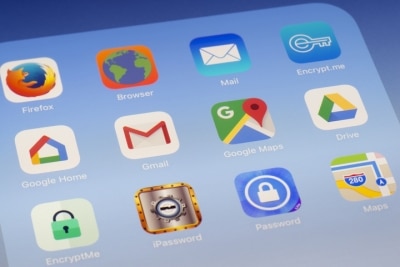Article
Why Neiman Marcus Considers Personalization to Be the New Loyalty
February 8, 2018

How well does personalization work? Well enough to replace loyalty programs, according to Neiman Marcus’ vice president of customer insight and analytics.
In addition to how personalization drives the “virtuous cycle” of loyalty, this week, we’ll also explore the diversity of channels. The proliferation of channels for customer engagement continues to transform opportunities for retailers and consumers.
At Neiman Marcus, Personalization is the New Loyalty
The influence of personalization on modern consumer engagement is so profound that it’s on the road to replacing traditional loyalty programs, says Jeff Rosenfeld, vice president of customer insight and analytics at Neiman Marcus.
Delivering truly personalized marketing to every customer eliminates the need for a loyalty program, Rosenfeld asserts. Personalization digitally observes and remembers customer actions and acts on those observations, just like the company’s best sales associates. The key, he adds, is to ensure that personalization clearly shows that communications are “truly just for them.” This “explicit” personalization, he says, is what truly engages consumers and builds the loyalty that retailers need.

“Great personalization helps drive a virtuous cycle of loyalty that engages customers and provides data to improve personalization further. In turn, this increases customer engagement, and so on. As loyalty improves, revenue goes up. Generally speaking, marketing to loyal customers is more profitable than spending elsewhere,” he said.
Diversity of Retail Channels Creates a Platform for Sales and Brand Extension
The expanding diversity and fragmentation of retail channels has created a platform for delivering products and experiences to consumers. It’s similar to the way hardware, operating systems, and web browsers create platforms in the tech world, says Kate Ancketill, CEO of retail trends consultancy GDR Creative Intelligence.
To successfully engage and convert consumers using mobile, AI, voice, social media, desktops and physical stores, Ancketill believes retailers need to adopt platform thinking. “The retailers best positioned in the future will be those who adopt a more expansive definition of retail itself and open our minds to what retail can be,” she said at the National Retail Federation’s Big Show.
General Motors and Lufthansa are out ahead. GM’s in-car Marketplace app offers selected shopping options consumers can access while on the road, such as Shell, Starbucks and Dunkin’ Donuts. On Lufthansa flights, consumers can also shop at German grocery chain REWE via the airline’s Flynet internet portal. They can even have groceries delivered to their homes.
Millennial Women Still Shop at Malls, But With Phones In Hand
As evidenced by the draw of in-store shopping this holiday season, malls still hold strong appeal. A new study from Dealspotr reveals that 37% of millennial women start their apparel shopping at malls, and two-thirds of them prefer to make their purchases while there.
Still, digital commerce has changed shopping behavior. While in malls, shoppers — women in particular — use their smartphones to send photos of items with friends for feedback. That shows that even when shoppers are physically in malls, retailers have opportunities for digital engagement.
The State of Brand Loyalty in the U.S. in 2023
Related



